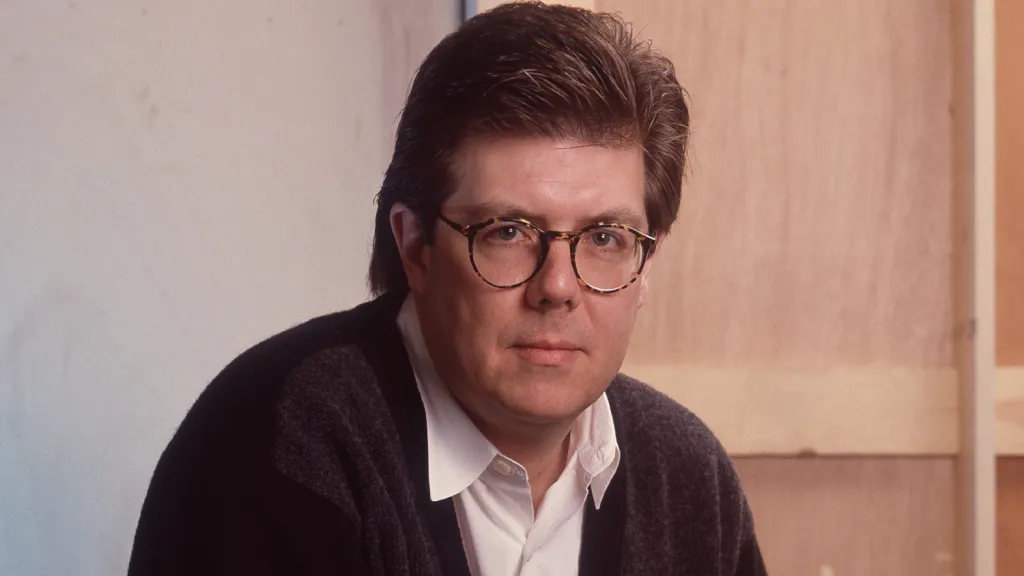Copyright Salt Lake Tribune

Utah and the six other states that rely upon the Colorado River on Tuesday failed to reach an agreement on how to manage the drought-stricken waterway that supplies water to 40 million people. The Interior Department had previously set a Nov. 11 deadline for the seven states to come up with a plan — or risk the federal government stepping in and making one for them. “While the Basin States did not finalize an agreement today on post-2026 Colorado River operations, our commitment to a state-led path remains,” Gov. Spencer Cox said in a post on X. “We will continue to engage with our partners across the Basin to develop a framework that protects water users and the system as a whole.” It’s unclear what the missed deadline means for the states’ negotiations. Scott Cameron, Interior’s acting secretary for water and science, in June called on the states to submit a preliminary agreement by mid-November and a final seven-state agreement by mid-February. “While more work needs to be done, collective progress has been made that warrants continued efforts to define and approve details for a finalized agreement,” the Interior Department said in a statement on Tuesday. “Through continued cooperation and coordinated action, there is a shared commitment to ensuring the long-term sustainability and resilience of the Colorado River system.” The states concluded talks on Tuesday with an agreement to keep negotiating, according to Marty Carpenter, director of communications for the Colorado River Authority of Utah. “The Basin States remain committed to collaboration grounded in the best available science and respect for all Colorado River water users,” Becky Mitchell, Colorado’s Upper Colorado River Commissioner, said in a statement on Tuesday. Arizona Gov. Katie Hobbs and the state’s legislative leaders struck a different tone in a letter to Interior Secretary Doug Burgum on Tuesday, though. They said that the Upper Basin’s “extreme negotiating posture ... has led to a fundamental impasse that is preventing the successful development of a 7-State consensus plan for management of the Colorado River.” The Arizona officials called on the Interior Department to ensure whatever deal is reached includes enforceable water conservation in the Upper Basin. The Colorado River provides water for farms, Native American tribes, booming desert cities and endangered wildlife across the U.S. southwest and northern Mexico. Less and less water is flowing in the river, though. Decades of drought and chronic overuse have sent water levels at its two major reservoirs at Lake Mead and Lake Powell to historic lows in recent years and prompted the basin states and the Interior Department to reach agreements in 2007, 2019 and 2024 in hopes of addressing times of water shortage. Those plans expire at the end of 2026, though, so for the past two years states and the federal government have been figuring out a new path forward as climate scientists predict more dry years ahead. Negotiations have been tense. The Upper Basin states — Utah, Colorado, New Mexico and Wyoming — have been in a gridlock with Lower Basin states — Arizona, California and Nevada — over who must cut their water use during years of low flows. The disagreements among the states hinge in part on different interpretations of the Colorado River Compact that was passed over a century ago. That act said that the Upper Basin must “not cause the flow of the river” at Lees Ferry — just 15 miles downstream from Glen Canyon Dam — to fall below an average of 7.5 million acre-feet over a 10-year period. Lower Basin states argue their upstream neighbors must deliver that amount of water. But Upper Basin states believe they just have a responsibility to not deplete the river and that forces out of their control, such as climate change-induced drought, are causing the river’s flow to slow. “The difference between the two basins interpretation of those parts of the Colorado [River] Compact is the reason why there’s a disagreement over how much the Upper Basin should sign up for in terms of leaving more water in the system,” Sarah Porter, director of the Kyl Center for Water Policy at Arizona State University, told The Tribune last week. The Upper Basin has not been using its full allotment of the Colorado River, while the Lower Basin historically did, even using more than its share sometimes. So when the guidelines were last hashed out in 2007, it probably seemed fair for the Lower Basin to carry the burden of the cuts, Porter said. But now, she added, the Lower Basin has reduced its water use “very substantially.” California’s use of Colorado River water this year is projected to reach the lowest level since 1949, according to the Colorado River Board of California. “As we work to develop new rules for operating the river starting in 2027, we know it is possible for city and farms across the Basin in all seven states to reduce their use of Colorado River water just as California has without impacting their opportunities to grow and thrive,” JB Hamby, California’s chief Colorado River negotiator, said in a news release last week. “We know there is a way; what we need is the will to act.” Utah and other Upper Basin states argue they already cut their use back each year, though, based on snow runoff and the actual flows in upstream rivers. “In Utah, even the 1860 rights were cut by 30 to 40% this year,” Gene Shawcroft, Utah’s Colorado River commissioner said at a meeting of the Upper Colorado River Commission in September. Upper Basin states have also taken various measures to reduce their water use, according to the Upper Colorado River Commission. Utah has converted more than seven million square feet of grass to more water efficient landscaping, according to the commission. It has also launched a new program to compensate farmers for temporarily and voluntarily reducing their water use. Those efforts may not be enough, though. If the states can’t come to an agreement, the Lower Basin may take the Upper Basin to court for failing to deliver enough water past Glen Canyon Dam. “We’re closer to going to court than we would have been five years ago,” Porter said, “not just because we’re closer to 2026, but because increasingly, court proceedings seem like the only path at this point.” As drought continues to plague the basin, pressure is on the states to reach a deal soon. Lake Powell is currently 29% full. Forecasts show the reservoir may drop below 3,500 feet next year, a critical low level at which air can damage the turbines on Glen Canyon Dam, which generate electricity for homes in Utah and other states across the West. “Time is running out,” Gov. Hobbs and legislative leaders said in their letter. “The existing Colorado River operating guidelines are near expiration, and a meager runoff season has left the reservoirs depleted once again and one bad winter away from reaching critical lows.”



